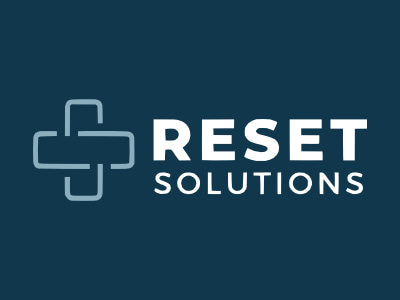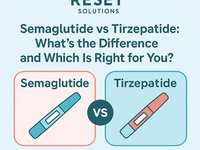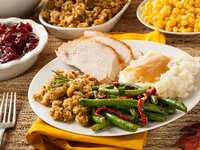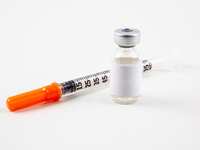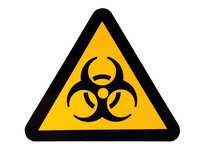- Categories :
- More
Categories
Grocery Shopping 101: How to Build a Weight-Loss-Friendly Cart

A healthy diet doesn’t start in the kitchen, it starts at the grocery store. A well-planned cart can set you up for success all week long. But let’s be real, it’s easy to get sidetracked by flashy packaging and "healthy" marketing claims.
This guide will help you shop smartly, read labels like a pro, and avoid the sneaky traps that sabotage your goals.
Step 1: Plan Before You Shop
Going to the grocery store without a plan is like heading to the gym without a workout. You’ll be much more likely to waste time and make poor choices. Here's how to plan:
- Make a Weekly Menu: Choose meals and snacks ahead of time so you’re not guessing in the aisles.
- Create a List Based on Sections: Organize your list by produce, protein, dairy, pantry, etc., to stay efficient and focused.
- Eat Before You Go: Shopping while hungry leads to impulse buys, especially sugary or high-carb snacks.
Step 2: Master the Label Game
Nutrition labels can be confusing, but they hold the key to smarter shopping.
Here's what to look for:
- Check Serving Size First: Always compare calories and nutrients based on the actual portion size you’ll eat.
- Look for High Protein, Fiber, and Healthy Fats: This helps keep you full and satisfied.
- Avoid Added Sugars and Ultra-Processed Ingredients: Words like “corn syrup,” “hydrogenated oils,” and “enriched flour” are red flags.
- Low-fat ≠ Healthy: Many low-fat products add sugar to boost flavor. Always check the full label.
Step 3: Watch Out for Common Traps
Supermarkets are designed to sell, not support your wellness goals. Here's how to avoid falling for common tricks:
- Stay Out of the Center Aisles: Most ultra-processed foods live in the middle of the store. Stick to the perimeter for fresh produce, meats, and dairy.
- Don’t Fall for “Health Halo” Packaging: Words like “natural,” “gluten-free,” or “low-carb” don’t always mean healthy.
- Buy Individual Ingredients, Not Meal Kits: Pre-packaged “healthy” meals can be full of sodium and preservatives.
- Limit “Snack-Sized” Junk Foods: Just because it's in a small bag doesn’t make it a smart choice.
What to Fill Your Cart With
- Produce: Leafy greens, berries, apples, zucchini, carrots, sweet potatoes, cabbage, cucumber
- Lean Proteins: Chicken breast, turkey, eggs, tuna, tofu, unsweetened yogurt, unsweetened protein shake
- Healthy Carbs: Brown rice, quinoa, steel-cut oats, sweet potatoes, black beans, whole grain bread or tortillas
- Healthy Fats: Avocados, olive oil, nuts, seeds, olives
- Smart Snacks: Hummus, string cheese, low-sugar protein bars, roasted chickpeas, rice cakes (low-sodium), natural peanut or almond butter, hard-boiled eggs, low-sodium broth, unsweetened almond milk, unsweetened applesauce
Comments •

